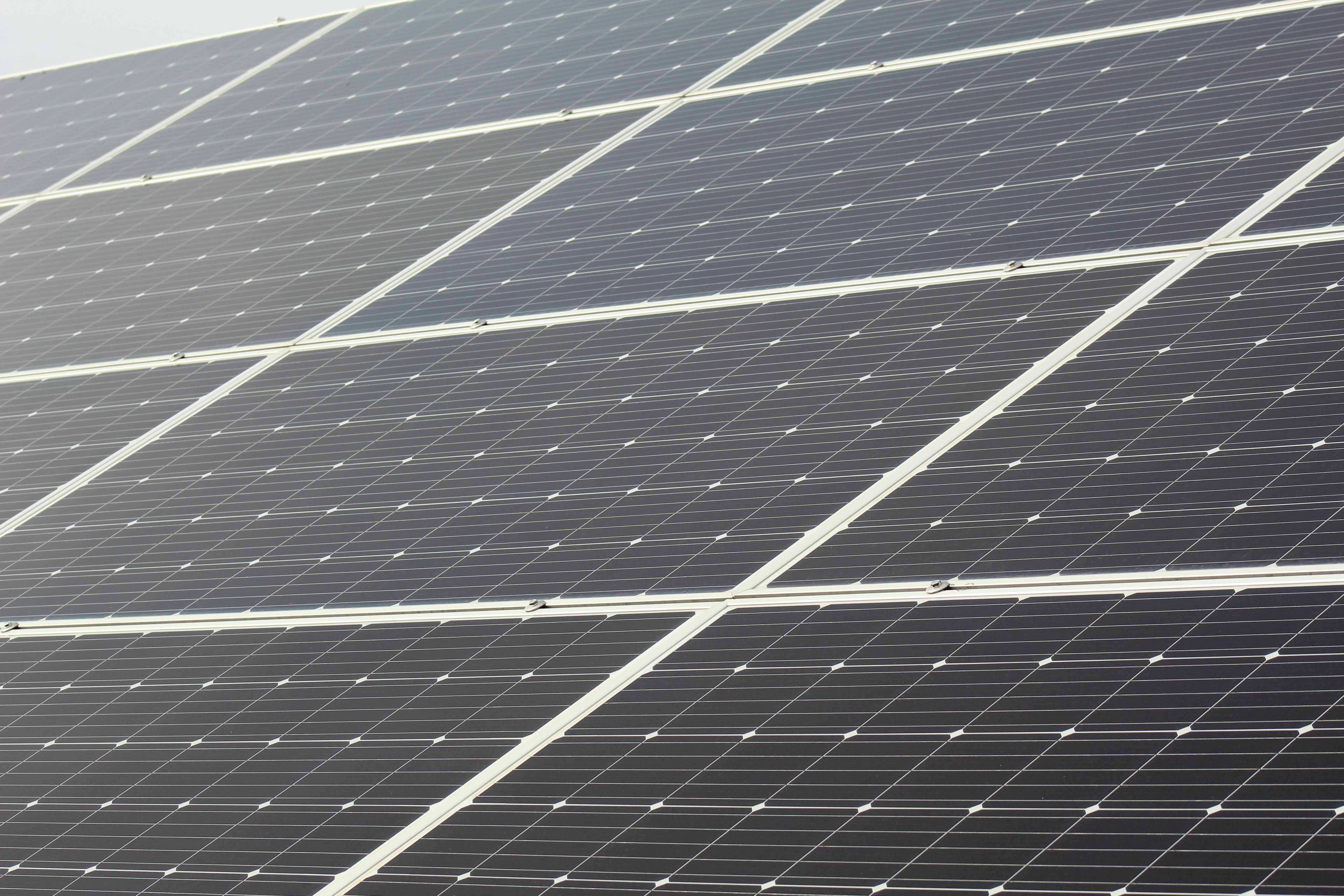The Energy Hub of the Future
Modern prefabricated homes are revolutionizing residential construction by combining advanced energy efficiency technologies with sustainable building practices. These factory-built structures now offer homeowners the opportunity to achieve net-zero energy consumption while reducing construction time and environmental impact. From solar integration to smart home systems, prefab homes are becoming sophisticated energy hubs that generate as much power as they consume.

Prefabricated homes have evolved far beyond their modest origins to become sophisticated energy management systems that represent the cutting edge of sustainable residential construction. Today’s prefab homes integrate advanced technologies and energy-efficient designs that position them as the residential energy hubs of tomorrow.
How Home Prefab Homes Achieve Energy Independence
Modern prefabricated homes utilize factory-controlled construction environments to achieve precise energy efficiency standards that are difficult to replicate in traditional site-built construction. The controlled manufacturing process allows for superior insulation installation, airtight building envelopes, and consistent quality control. These homes typically feature triple-pane windows, advanced HVAC systems, and continuous insulation that eliminates thermal bridging. The precision manufacturing process also enables seamless integration of renewable energy systems during the construction phase rather than as aftermarket additions.
Finding the Most Efficient Prefab Homes for Your Needs
When evaluating energy-efficient prefabricated homes, several key factors determine their performance as energy hubs. High-performance prefab homes typically achieve Energy Star certification or exceed local energy codes by 30-50%. Look for homes that incorporate structural insulated panels (SIPs), advanced framing techniques, and energy recovery ventilation systems. The most efficient models often feature geothermal heating and cooling systems, smart home automation for energy management, and battery storage capabilities for renewable energy systems.
Net-Zero Modular Homes and Their Advanced Systems
Net-zero modular homes represent the pinnacle of energy-efficient prefabricated construction, designed to produce as much energy as they consume annually. These homes integrate multiple renewable energy technologies including rooftop solar panels, small wind turbines, and sometimes micro-hydro systems depending on the site conditions. Advanced energy management systems monitor and optimize energy production and consumption in real-time, automatically adjusting heating, cooling, and lighting based on occupancy patterns and energy availability.
| Home Type | Provider | Cost Estimation |
|---|---|---|
| Basic Energy-Efficient Prefab | Clayton Homes | $80,000 - $150,000 |
| High-Performance Modular | Blu Homes | $200,000 - $400,000 |
| Net-Zero Prefab Home | LivingHomes | $300,000 - $600,000 |
| Passive House Certified | GO Home | $250,000 - $500,000 |
| Smart Energy Hub Home | Method Homes | $350,000 - $700,000 |
Prices, rates, or cost estimates mentioned in this article are based on the latest available information but may change over time. Independent research is advised before making financial decisions.
Smart Technology Integration in Modern Prefab Homes
The energy hub concept extends beyond renewable energy generation to encompass comprehensive smart home integration. Modern prefabricated homes incorporate Internet of Things (IoT) devices that monitor energy usage patterns, weather conditions, and occupancy to optimize energy consumption automatically. These systems can predict energy needs, schedule appliance operation during peak solar production hours, and even sell excess energy back to the grid during high-demand periods. Advanced battery storage systems ensure energy availability during outages while smart inverters manage the complex interactions between solar generation, battery storage, and grid connectivity.
Environmental Impact and Sustainability Features
Prefabricated homes designed as energy hubs significantly reduce environmental impact through multiple pathways. The factory construction process generates less waste compared to traditional construction, with many manufacturers achieving zero-waste-to-landfill status. Sustainable materials including recycled steel framing, bamboo flooring, and low-VOC finishes contribute to healthier indoor environments. Water conservation features such as greywater recycling systems, rainwater collection, and drought-resistant landscaping complement the energy efficiency measures to create truly sustainable living environments.
The future of residential construction increasingly points toward prefabricated homes that function as comprehensive energy hubs. These structures demonstrate that sustainable living and modern comfort can coexist while reducing environmental impact and long-term operating costs. As technology continues advancing and manufacturing processes become more refined, prefab homes will likely become the standard for energy-efficient residential construction rather than the exception.




